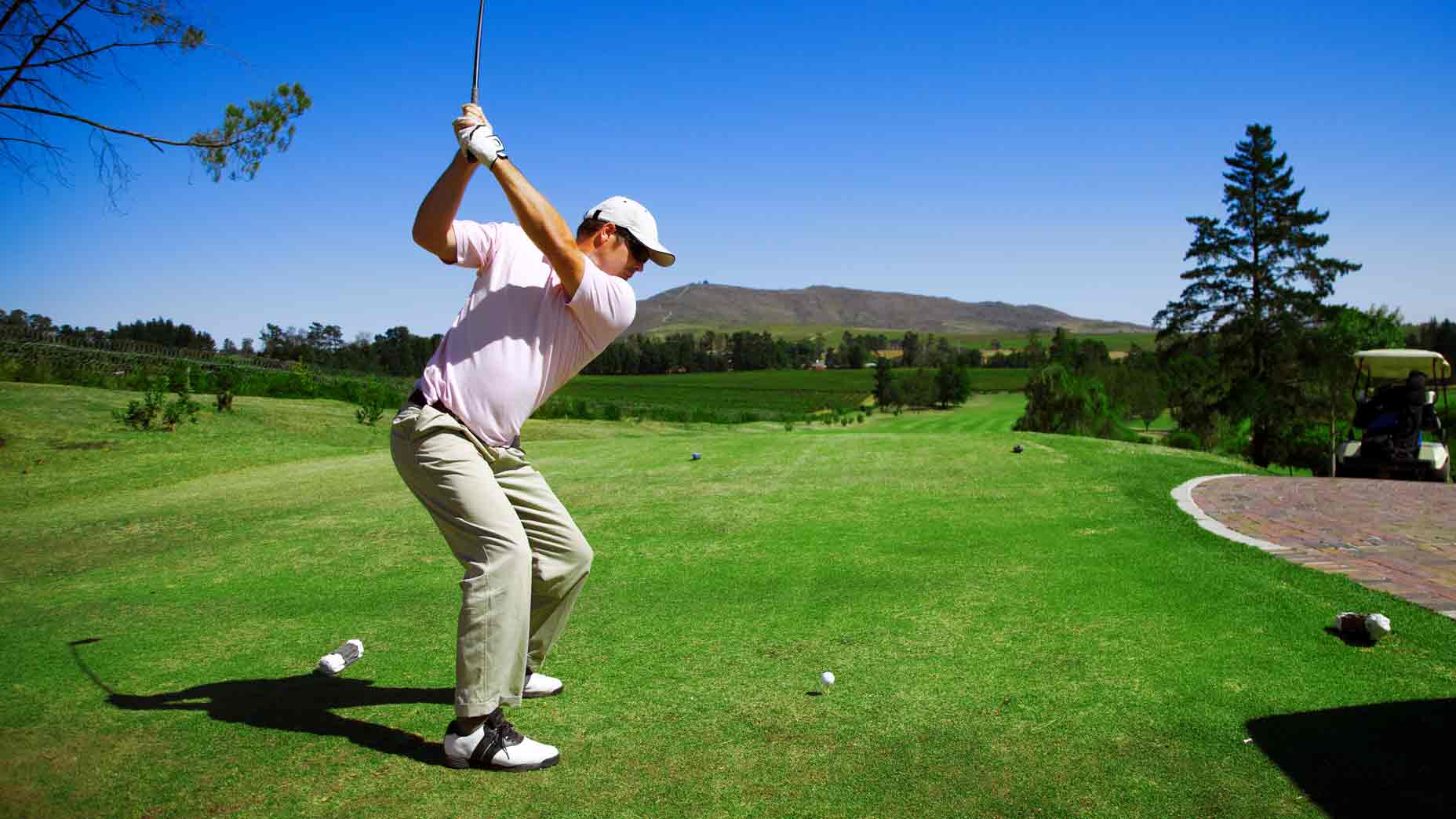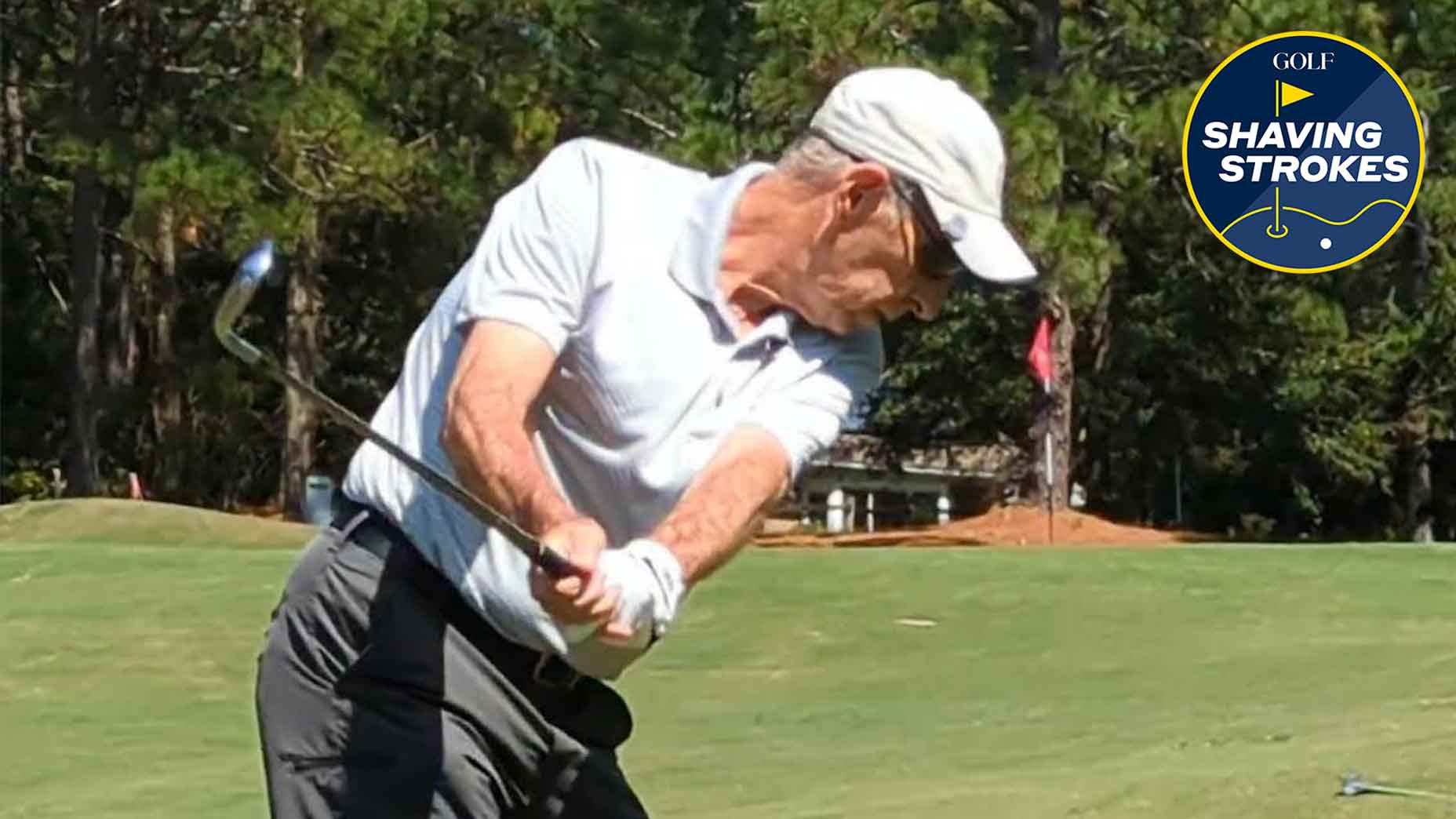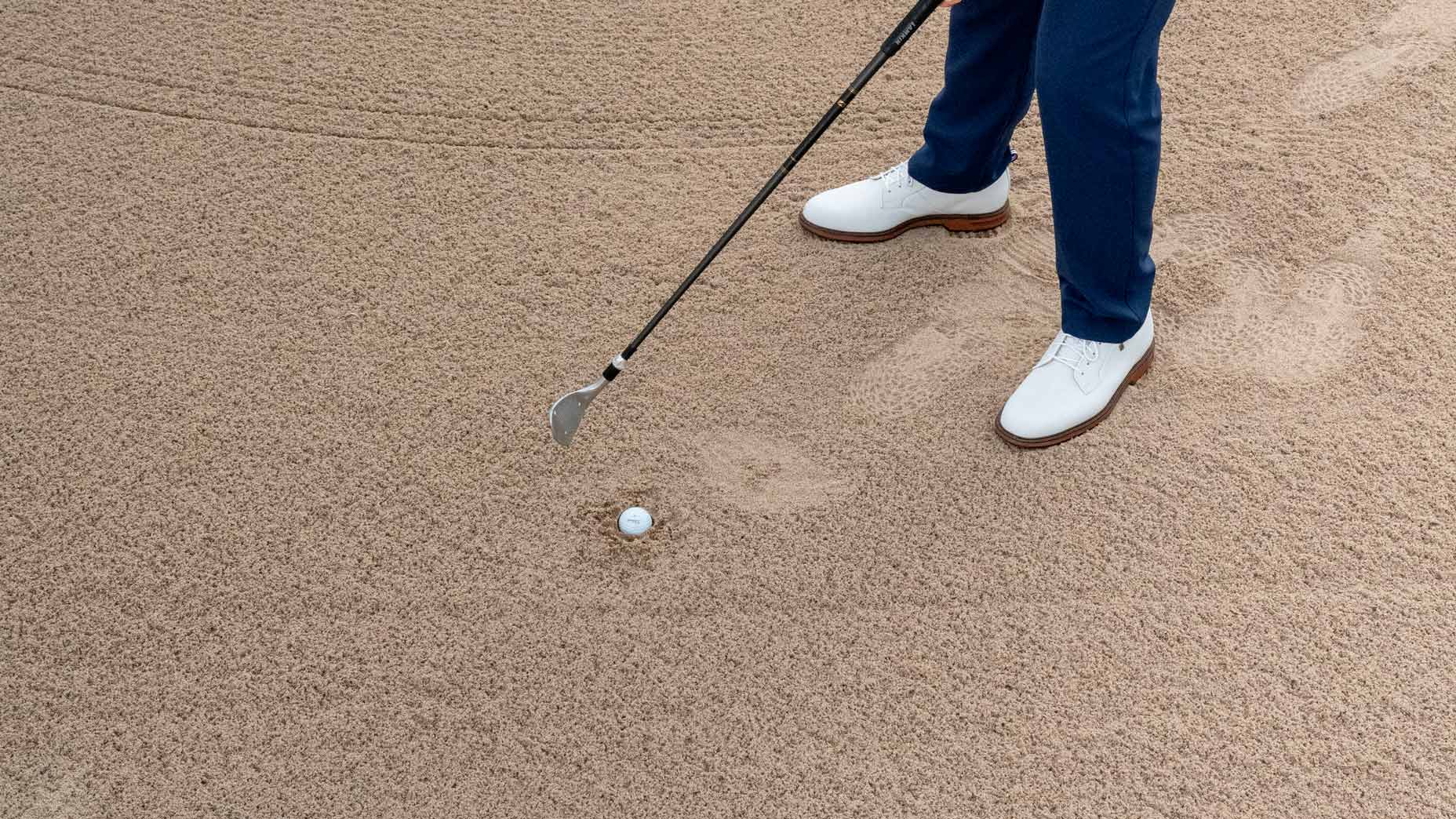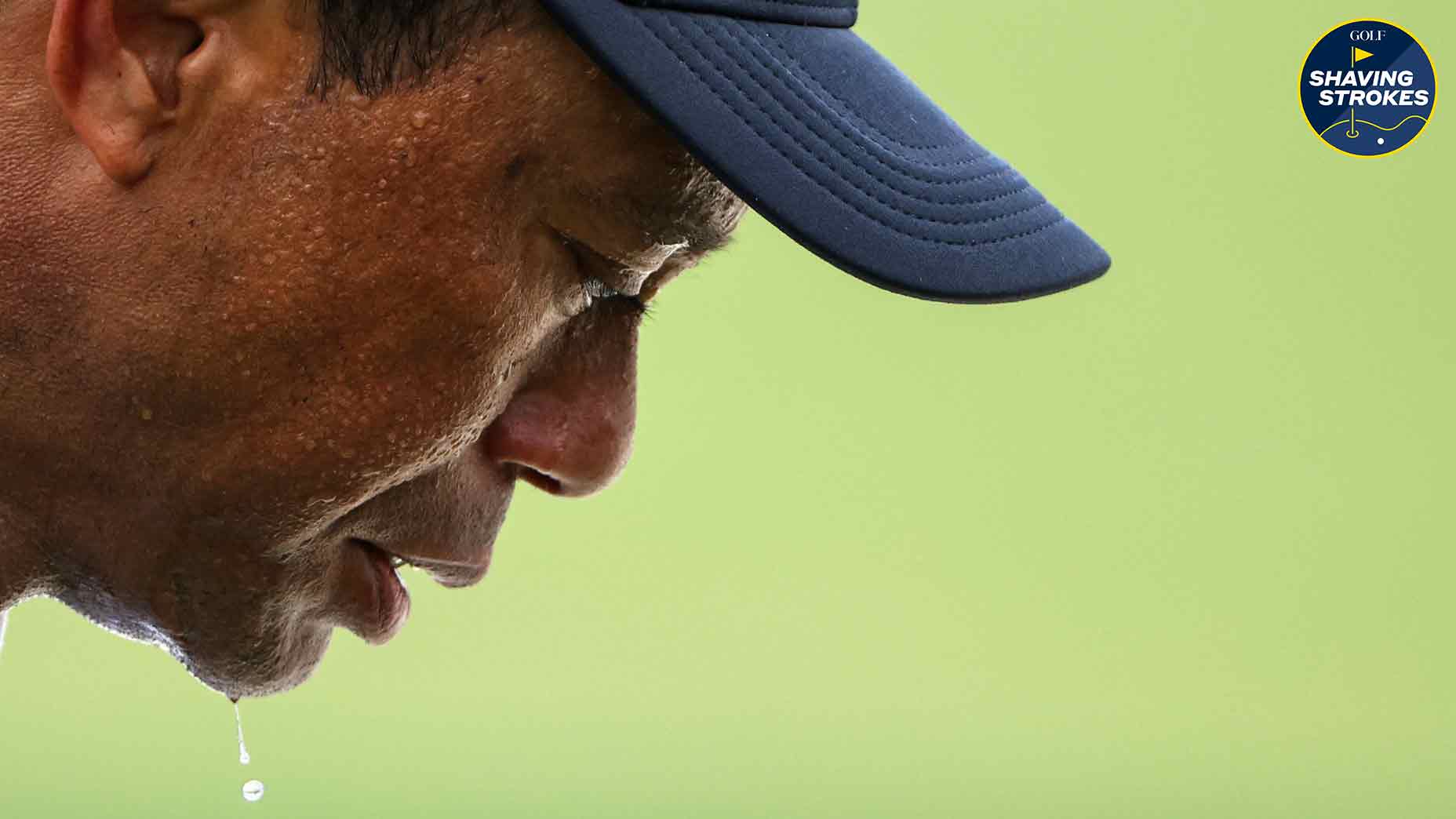Slowing down your backswing can do more harm than good. Here’s why

It's time to stop listening to your playing partners about slowing down your backswing.
Getty Images
How many times have you hit a poor shot, then immediately heard your playing partner go into full-fledged coach speak with swing analysis for you to incorporate? It probably happens a lot — especially if you’re playing with someone who knows your game well.
But the problem with this scenario is quite obvious: Even if the player is a low-handicapper, he or she probably doesn’t have the credentials to offer tips, so it could lead to more harm than good.
One common piece of feedback golfers tell each other is to “slow down the backswing”; but does this have any merit? According to GOLF Top 100 Teacher Jon Tattersall, it sure doesn’t.
In a recent Instagram post, Tattersall explains why slowing down your backswing in an effort to gain more control is causing you issues. So check out the post below to see why you need to work on avoiding this common problem — and what you need to do in order to fix it.
Why you shouldn’t slow your backswing
In his Instagram post, Tattersall says that players should work on finding a more balanced swing speed, trying to create the right tempo for more consistent results.
“Rather than compensating your slow backswing with an over-accelerated transition, aim for a balanced blend of speed in your backswing and downswing,” he captions the post.
“Start by practicing faster backswings, generate momentum, and add a touch more speed on the way through. This approach unlocks the smooth, rhythmic synchronization of backswing- to downswing-speeds, mirroring the technique seen among the great golfers.”
Tattersall then describes why slowing your tempo down in the backswing leads to such poor results — and it has to do with your motor skills.
“When you get to the top of your swing, the brain signals the need for more speed to hit the ball farther,” he says. “The result? You over-accelerate in transition, which gets you out of balance with the mass of the club, leading to mishits.”
While your playing partners are trying to help you improve with their swing analysis, Tattersall says that by incorporating their advice about slowing down, it further aggravates the problem — and will lead to more bad shots. Instead, Tattersall offers up the following advice.
“Strive for a blend of speed in the backswing and a touch more speed on the downswing.”
By working on your swing tempo and finding consistent speeds both back and through, you’ll create a smoother, more “rhythmic appearance,” which will help improve your ball-striking ability.











